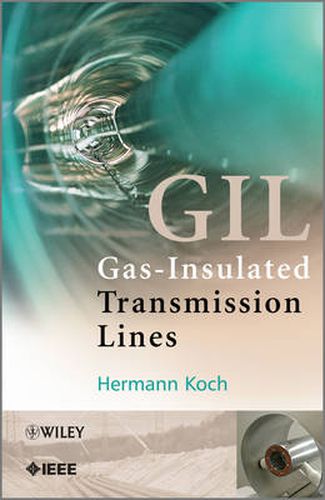Readings Newsletter
Become a Readings Member to make your shopping experience even easier.
Sign in or sign up for free!
You’re not far away from qualifying for FREE standard shipping within Australia
You’ve qualified for FREE standard shipping within Australia
The cart is loading…






Gas-insulated transmission lines (GIL) is an established high voltage technology used when environmental or structural considerations restrict the use of overhead transmission lines. With an overview on the technical, economical and environmental impact and power system implications of GIL, this guide provides a complete understanding of its physical design, features and advantages. The author illustrates how to evaluate when GIL would be the best solution during the planning sequence and how to apply GIL in the electricity power network. Other key features include: operation and maintenance requirements with information on repair processes, duration, and different monitoring systems enabling the achievement of reliable and safe operation; a wide variety of realized applications from across the world over the past 35 years, illustrating typical fields of application through descriptions of real projects that the author has worked on; and future application possibilities in a smart transmission network, used for solving power transmission problems. This is an essential reference for engineers involved in planning and executing bulk power transmission projects overground, in tunnels or buried. It offers a concise summary of all areas of the subject and is the perfect aid for utility power engineers, consulting engineers and manufacturers worldwide.
$9.00 standard shipping within Australia
FREE standard shipping within Australia for orders over $100.00
Express & International shipping calculated at checkout
Gas-insulated transmission lines (GIL) is an established high voltage technology used when environmental or structural considerations restrict the use of overhead transmission lines. With an overview on the technical, economical and environmental impact and power system implications of GIL, this guide provides a complete understanding of its physical design, features and advantages. The author illustrates how to evaluate when GIL would be the best solution during the planning sequence and how to apply GIL in the electricity power network. Other key features include: operation and maintenance requirements with information on repair processes, duration, and different monitoring systems enabling the achievement of reliable and safe operation; a wide variety of realized applications from across the world over the past 35 years, illustrating typical fields of application through descriptions of real projects that the author has worked on; and future application possibilities in a smart transmission network, used for solving power transmission problems. This is an essential reference for engineers involved in planning and executing bulk power transmission projects overground, in tunnels or buried. It offers a concise summary of all areas of the subject and is the perfect aid for utility power engineers, consulting engineers and manufacturers worldwide.